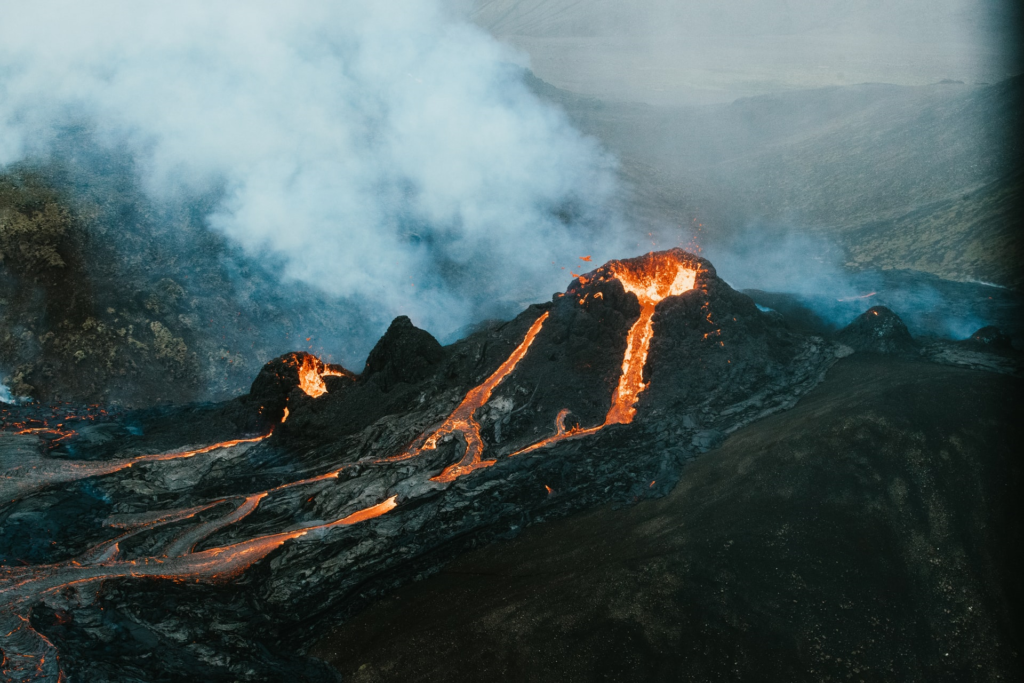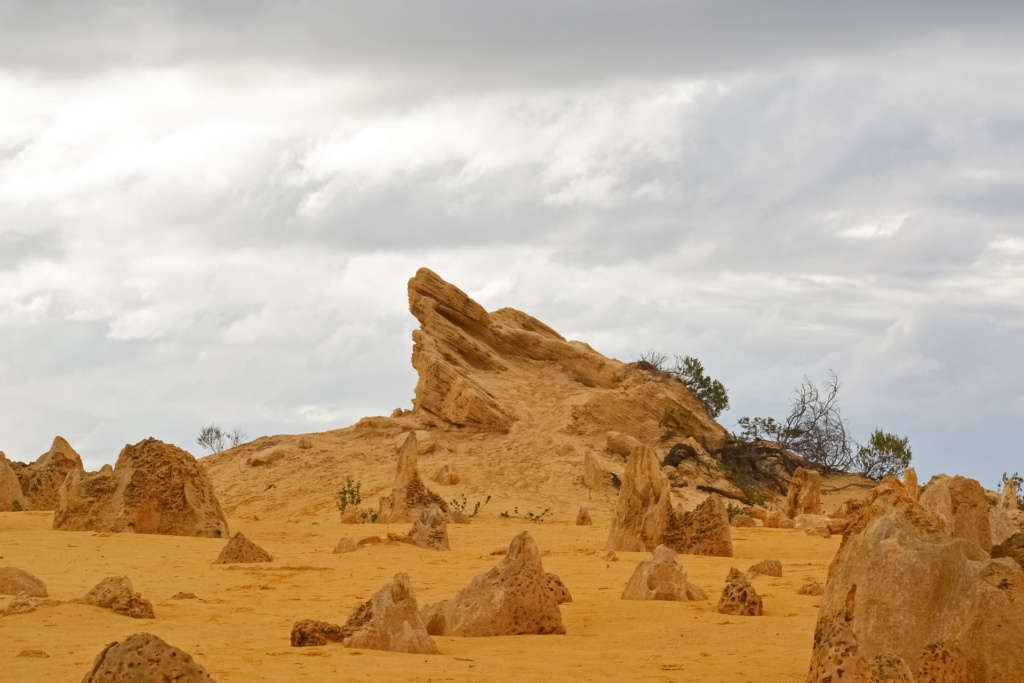(par 3.10.4) Disturbance (ecology)

http://en.wikipedia.org/wiki/Disturbance_(ecology) From Wikipedia, the free encyclopedia Damages of storm Kyrill in Wittgenstein, Germany. In biology, a disturbance is a temporary change in environmental conditions that causes a pronounced change in an ecosystem. Disturbances often act quickly and with great effect, sometimes resulting in the removal of large amounts of biomass. Minor ecological disturbances may include fires, flooding, windstorms, insectoutbreaks and trampling. Earthquakes, various types of volcanic eruptions, tsunami, firestorms, impact events, climate change, and the […]
(par 3.10.3) Genetic diversity

http://en.wikipedia.org/wiki/Genetic_diversity From Wikipedia, the free encyclopedia Genetic diversity, the level of biodiversity, refers to the total number of genetic characteristics in the genetic makeup of a species. It is distinguished from genetic variability, which describes the tendency of genetic characteristics to vary. Genetic diversity serves as a way for populations to adapt to changing environments. With more variation, it […]
(par 3.10.3) Resilience (from wikipedia)

http://en.wikipedia.org/wiki/Main_Page From Wikipedia, the free encyclopedia Lake and Mulga ecosystems with alternative stable states[1] In ecology, resilience is the capacity of an ecosystem to respond to a perturbation or disturbance by resisting damage and recovering quickly. Such perturbations and disturbances can include stochastic events such as fires, flooding, windstorms, insect population explosions, and human activities such as deforestation and the introduction of exotic plant or animal species. Disturbances of sufficient magnitude or duration […]
